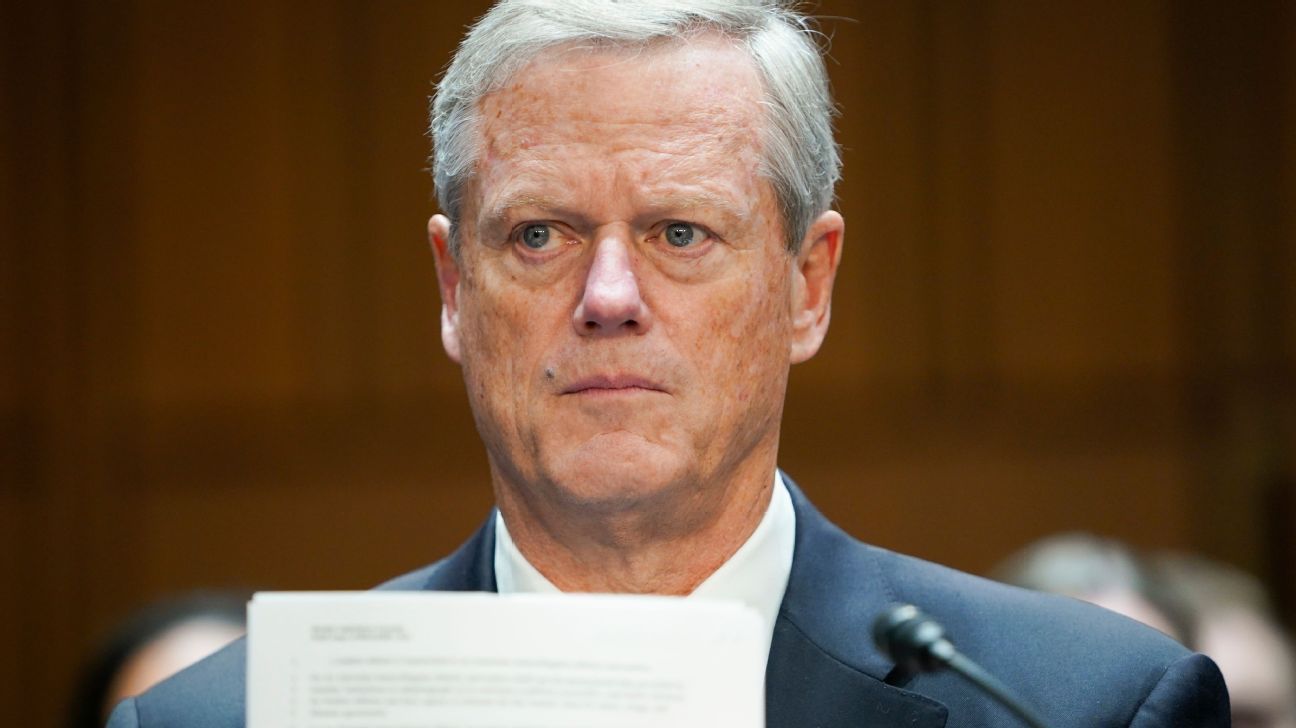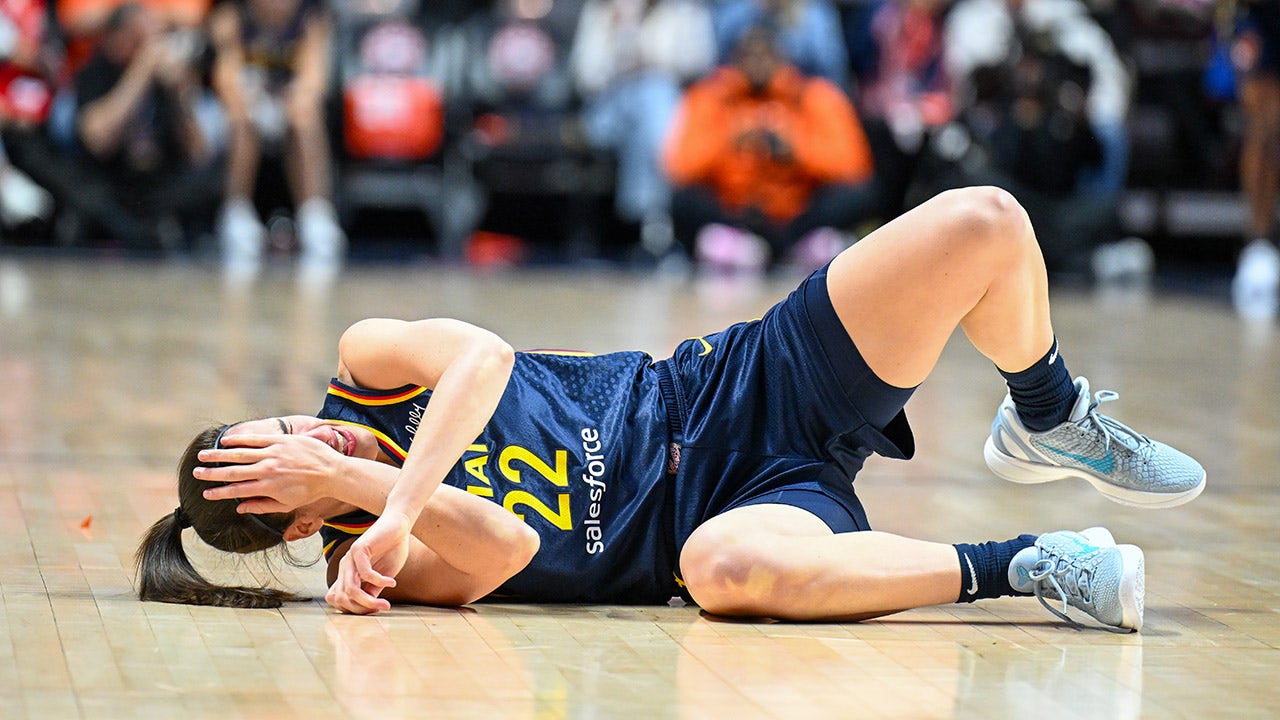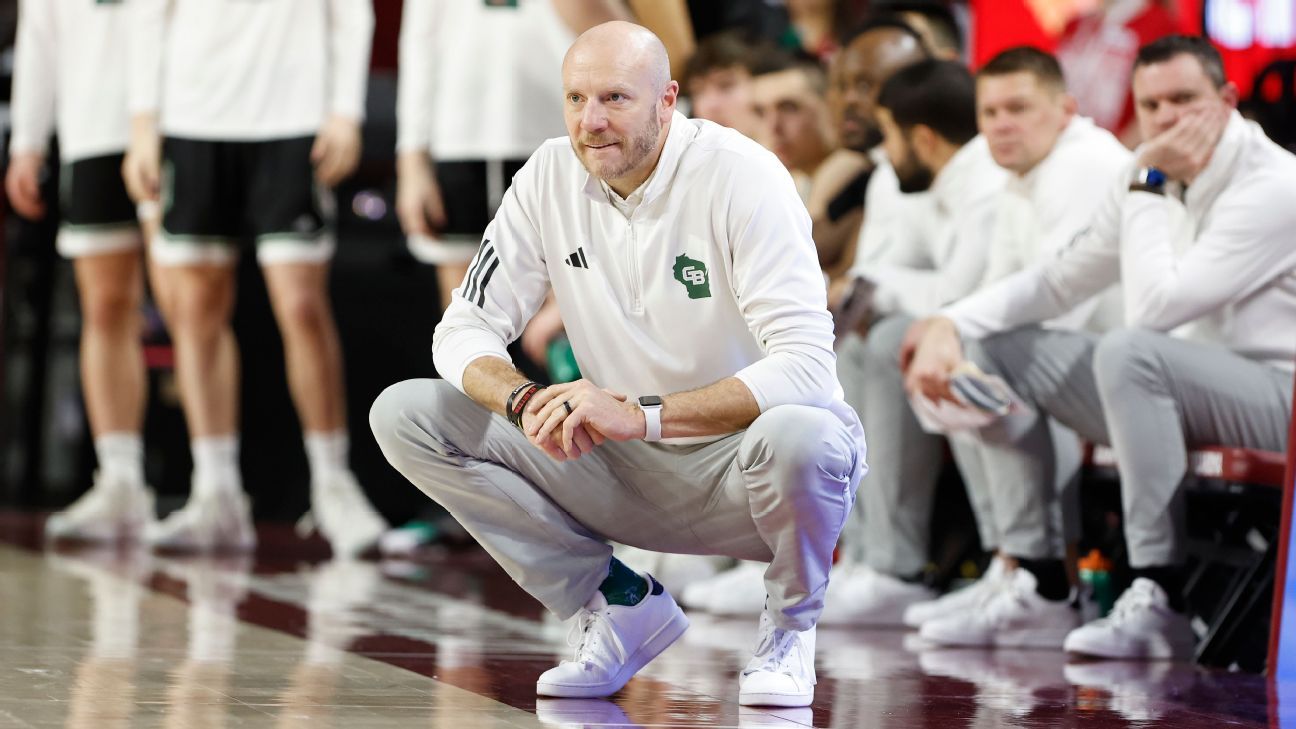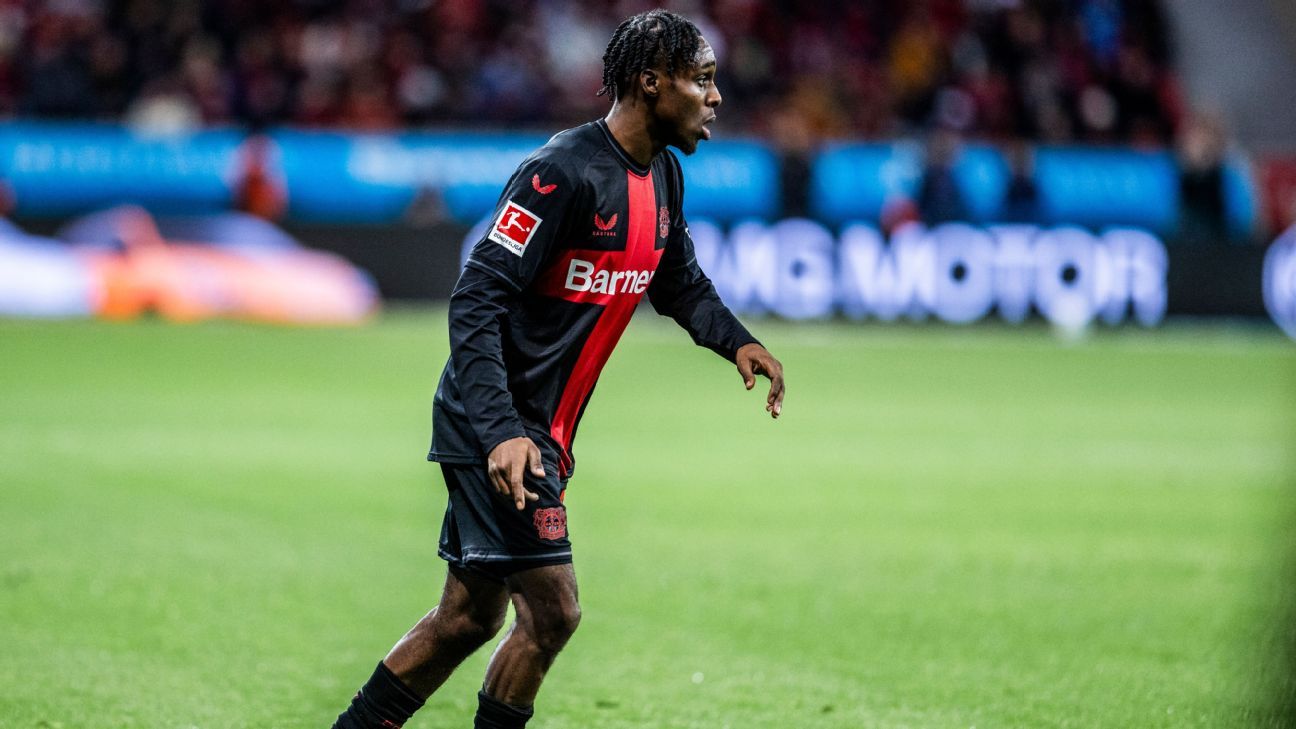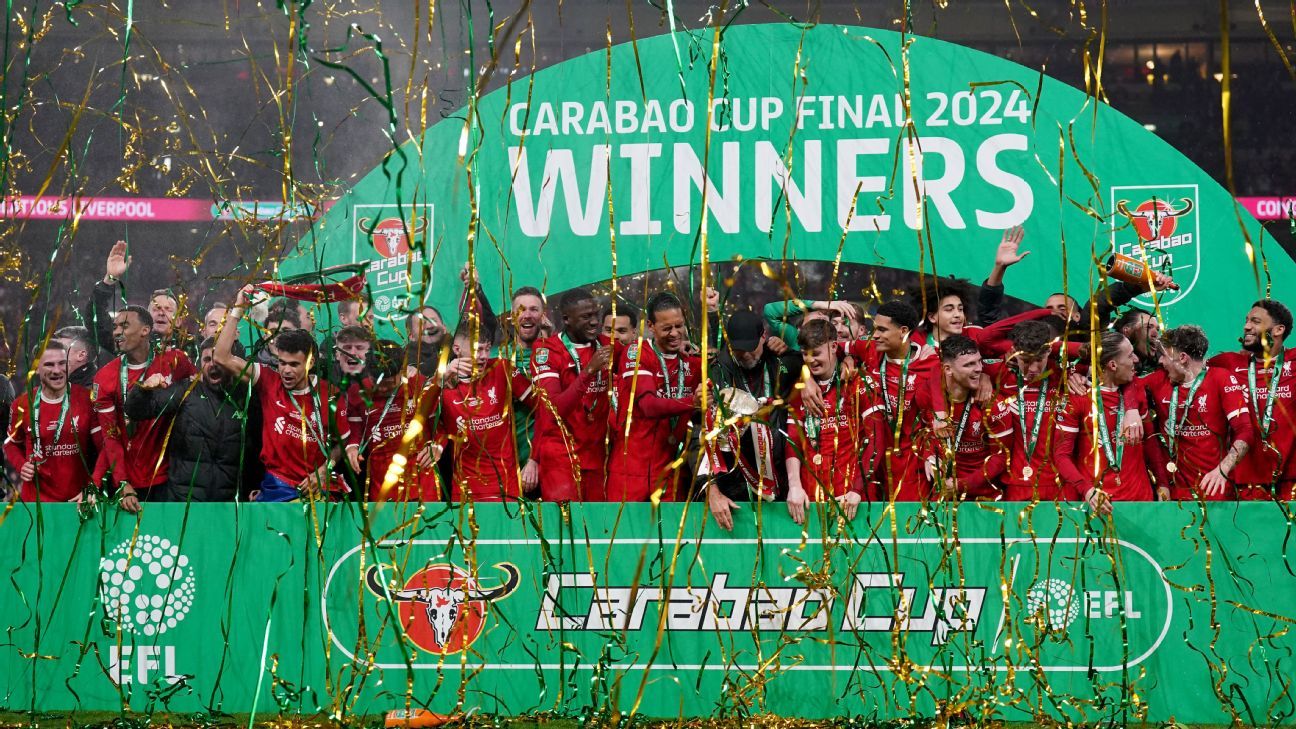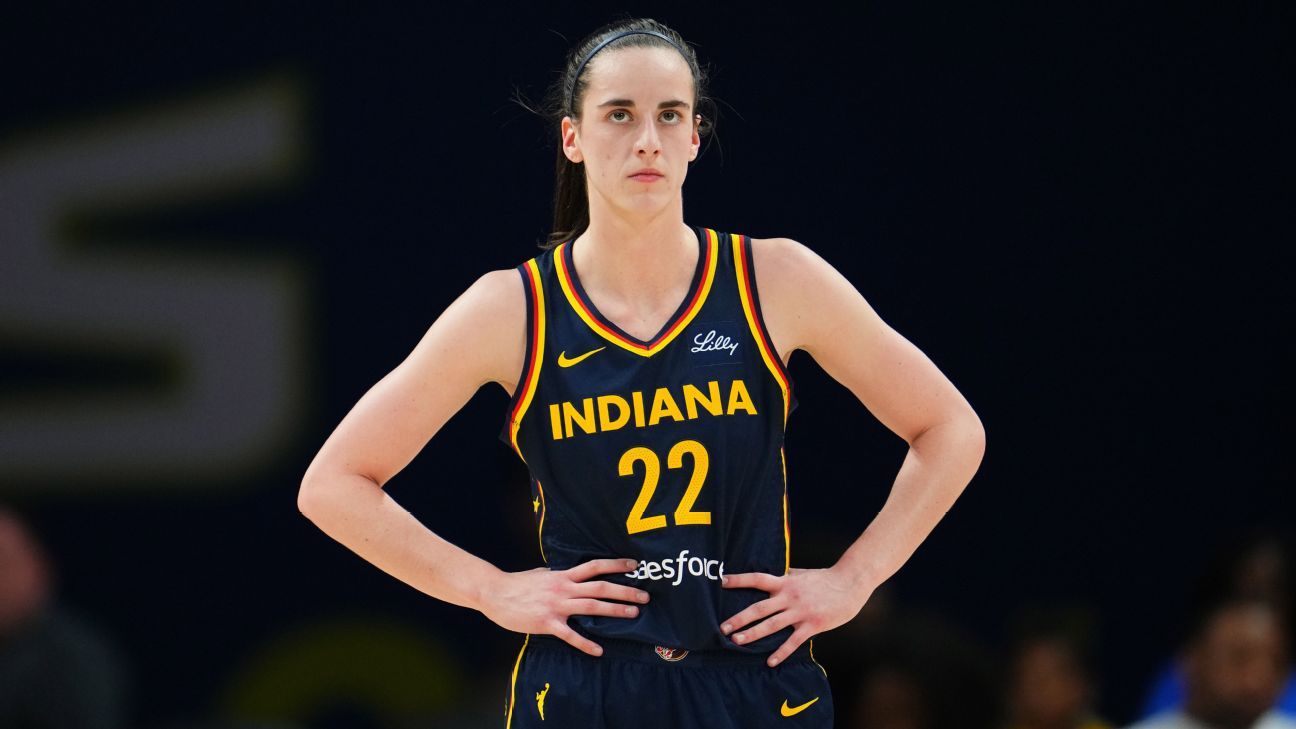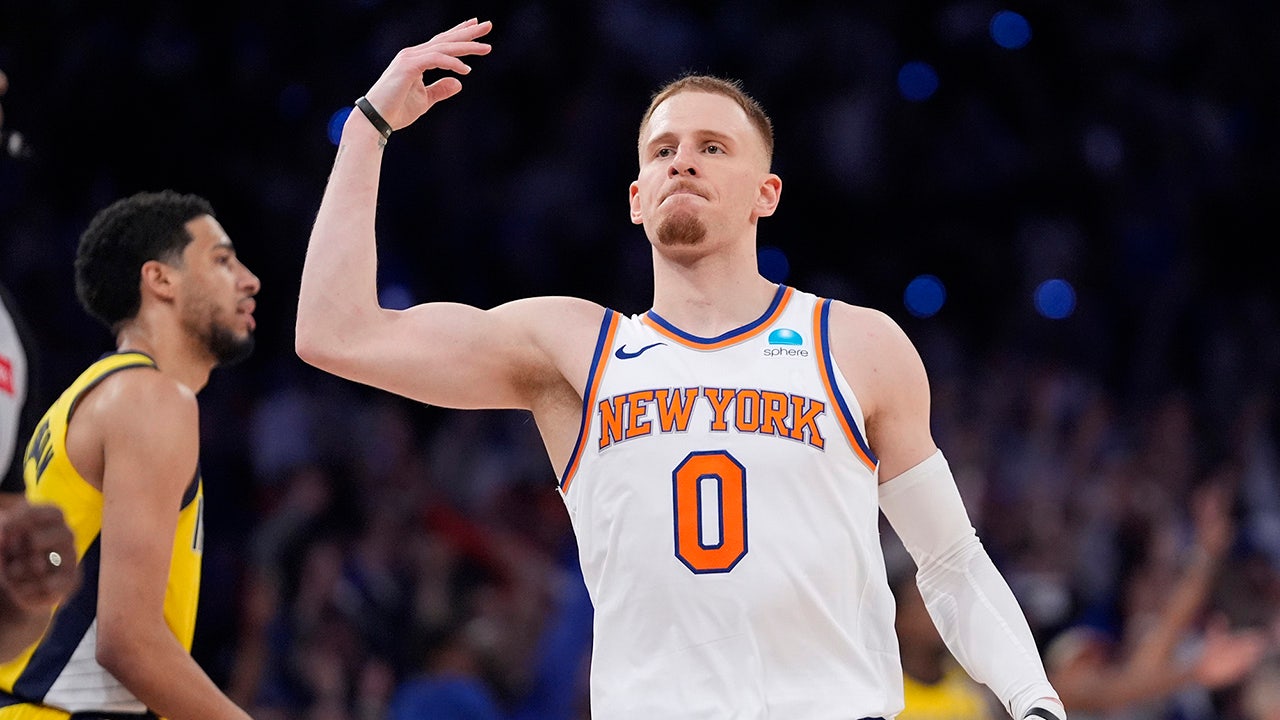LAS VEGAS – NCAA President Charlie Baker said the association's pending settlement of the antitrust case will put financial pressure on everyone in the college sports industry, but he believes it also creates more certainty for schools to plan for a new system that will allow them to share more money with their athletes.
The NCAA announced last month that it had agreed to terms to resolve three federal antitrust cases that were emerging as the most immediate and possibly biggest threats to the association's future. As part of the settlement, the NCAA will pay the former athletes nearly $2.8 billion in damages. Additionally, schools will be allowed to share a significant portion of revenue (approximately $20 million per year starting in 2025) directly with their athletes. In exchange, the plaintiffs agreed to dismiss three cases that some in college sports believe could have resulted in nearly $20 billion in total damages.
“There's a lot of pressure on everyone here,” Baker said. “I think it's a lot better than the pressure of what could have been catastrophic losses. That would have taken a few more years. So we would be hanging around for a few more years without really knowing what was going to happen.”
Baker, in his first extensive interview since agreeing to a settlement, told reporters that he hopes the terms of the agreement establish a way for schools to provide fair compensation to their athletes without making them employees.
The NCAA continues to be sued in multiple lawsuits arguing that college athletes should be considered employees of their schools or conferences. While the deal doesn't resolve those issues, Baker and many others in college sports hope that plans to share revenue with athletes in the future will prompt Congress to draft a new law that will prevent athletes from becoming employees.
“If the court blesses [the pending settlement]so it puts us in a position where we can go to Congress and say, 'One of the three branches of the federal government blessed this as a model for creating compensation without creating jobs,'” Baker said Monday. “I think it's a good place to start a conversation with Congress.”
The NCAA and conference leaders have made little progress in recent years in pressuring politicians on Capitol Hill to pass a new law that would create special status for college sports as an industry. Baker said she has heard positive comments from several federal lawmakers since the terms of the agreement were made public.
At a conference for athletic directors in Las Vegas this week, Baker said he has been peppered with questions about how some details of the deal could affect the future shape of college sports. He said more answers are likely to come in the next 30 days, when attorneys for both sides of the antitrust cases are expected to present the fine print details of their agreement to the court.
The detailed terms of the settlement will still have to be approved by the federal judge overseeing the cases, a process that will likely take several months and will include a window for athletes to object or comment on the terms.
“I feel a little uncomfortable about getting too far ahead of myself on that,” Baker said. “People are starting to think about how to plan for it. We certainly are. But we absolutely recognize and understand that there are a lot of things that need to happen before it becomes official.”
Some legal experts have questioned whether the judge in this case will disagree with a class-action settlement that will make it harder for athletes to sue the NCAA for antitrust violations in the future. Asked if he was concerned about the settlement being approved, Baker said central figures on all sides of the argument to compensate college athletes that has unfolded over the past 10 years are involved in the case.
“If you think the players on the field matter, we have most of them,” he said.
The two biggest outstanding questions for school officials preparing for a new business model have to do with the role Title IX laws and advocacy groups will play in how revenue will be shared with athletes in the future. future.
Title IX regulations require schools to provide equal benefits and opportunities to men and women for their on-campus varsity sports. The Department of Education, which oversees Title IX on college campuses, has not commented on whether schools will have to split payments to athletes equally between men and women to comply with the law.
“I'm going to wait and see where the dust falls. [on the settlement] before we start having those conversations,” Baker said. “The only thing we need to address here is not race. “We should be deliberate and trust the process here.”
Multiple sources have told ESPN that part of the deal is aimed at reining in collectives: groups of boosters associated with a particular school that have served as a de facto payroll in some places as the NIL market has evolved in recent years. three years. Baker said he doesn't think collectives will go away as a result of the deal, but he does hope the new revenue-sharing agreements will make it easier for schools to “take ownership of the core relationship” with their athletes.
The NCAA plans to pay the $2.8 billion in damages over the next 10 years. Baker said at least $120 million (or about 42%) of the deal's annual payment will come from the NCAA's national office budget. The other 58% will come from reducing the amount of money the NCAA normally distributes to its members: 33% from FBS schools, 13% from FCS schools and 12% from Division I schools that do not have a program. soccer.
Some athletic directors and officials at smaller league conferences have raised objections to the amount of money they will be missing over the next 10 years from NCAA distributions to help solve a problem that belongs primarily to the power conferences that generate big sums of football money. . Baker said the back damage is related to a set of rules that all NCAA members, including schools in those smaller conferences, approved and upheld.
Baker also said he believes the 10-year period of the agreement will serve as “glue” to help bind the largest group of Division I schools together, avoiding the possibility of power conferences forming a separate entity with their own rules. . Keeping all of Division I together will allow the NCAA to maintain the March Madness basketball tournament that generates the overwhelming majority of the money the association distributes to its schools.
“We now have the ability to move forward with the assumption that we will all be one big, perhaps happy, family in the future,” Baker said.
Baker said the NCAA's national office has pledged to potentially increase its contribution to damages payments beyond $120 million if revenue for the national tournaments it hosts continue to grow.

